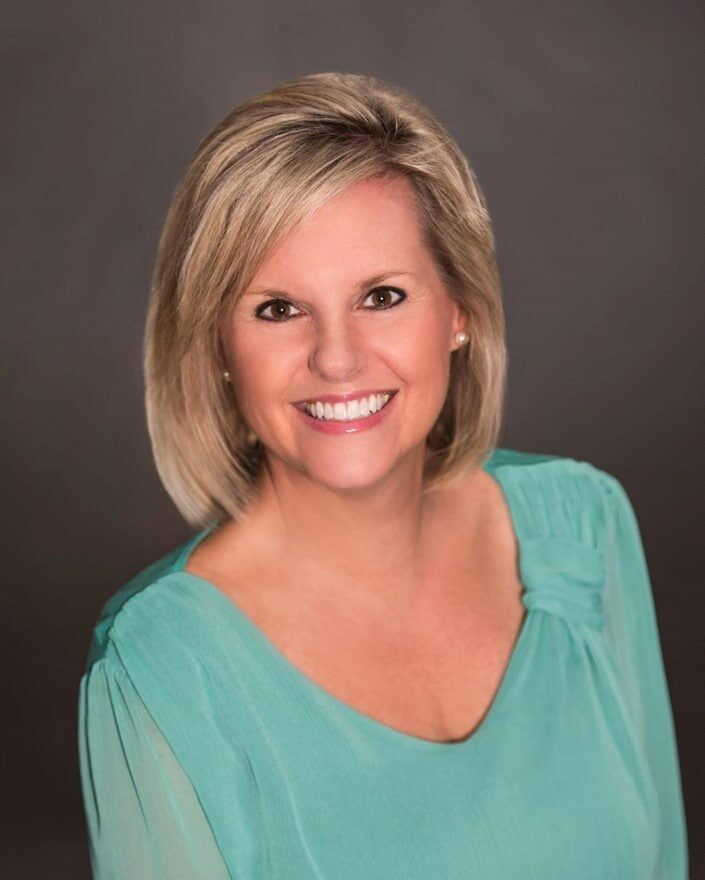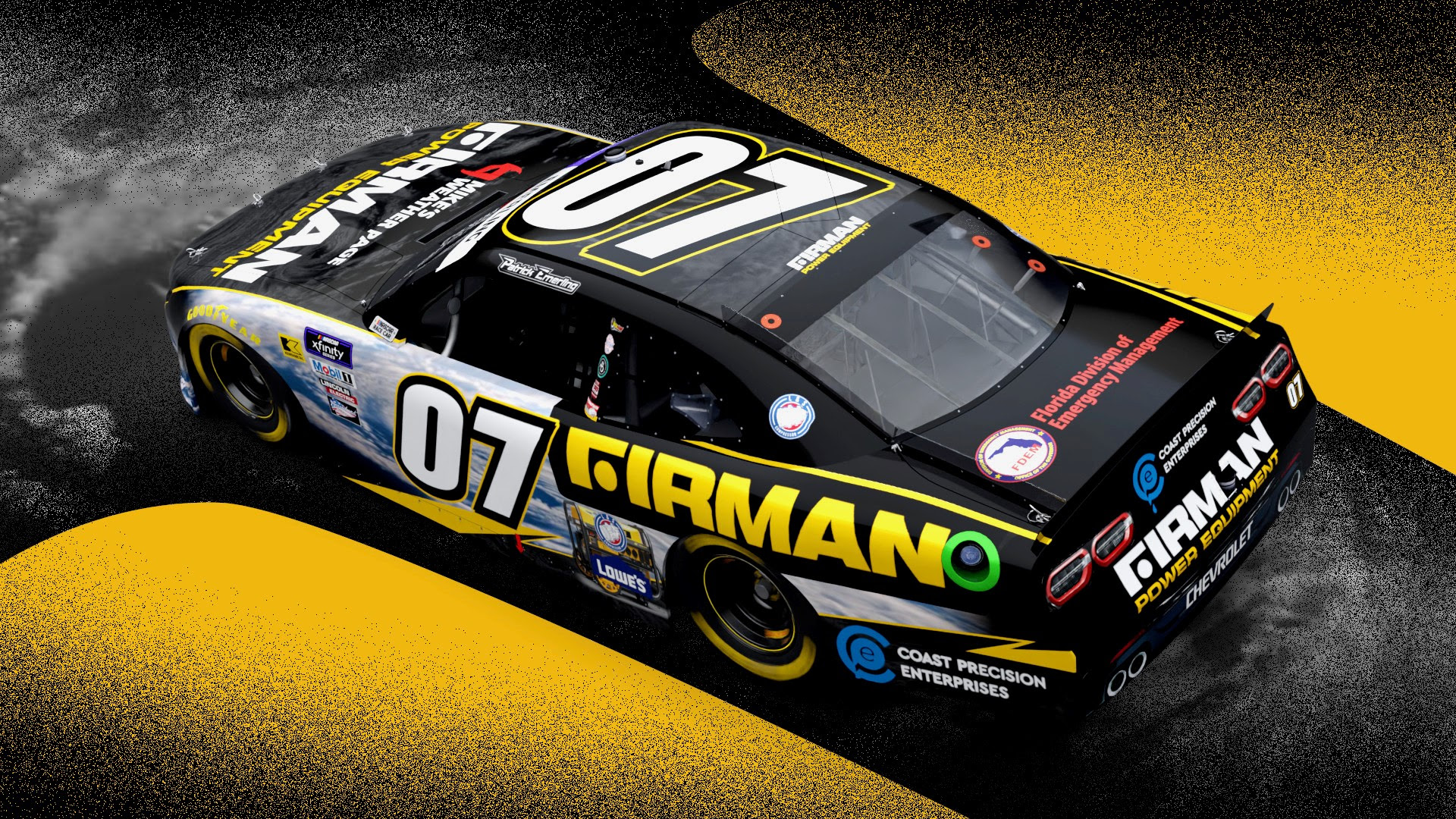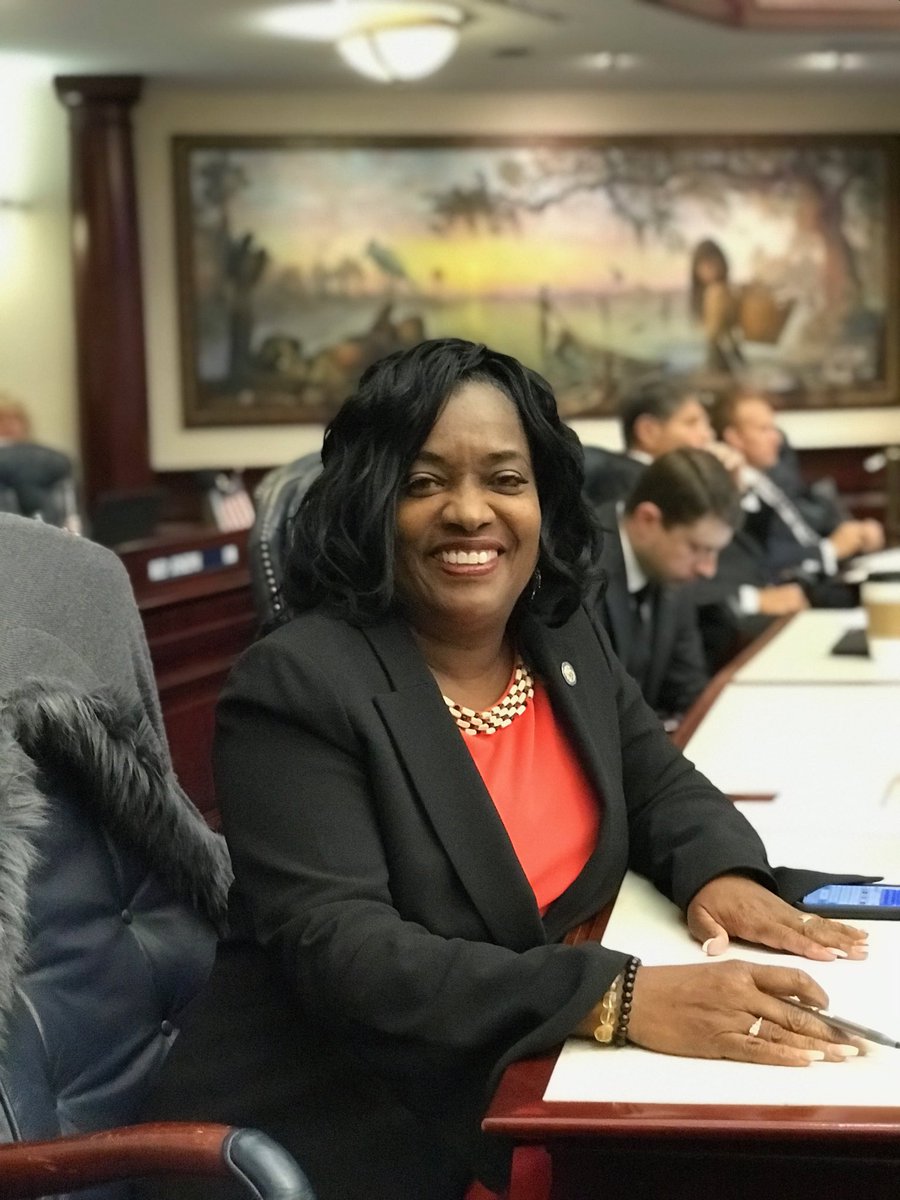Maybe you’re new to the sport, have a casual interest or are just coming around to the edge-of-your-seat wrecks, the thrilling finishes and the stars that make up the Daytona 500 field.
Daytona Beach became the unofficial “birthplace of speed” in 1903 when two men argued over who had the fastest horseless carriage and decided to settle things in a race on the white, hardpacked sand along the Atlantic Ocean.
Since then, the region has become a motorsports mecca, and the first Daytona 500 was held Feb. 22, 1959, in front of a crowd of more than 41,000. They watched 59 cars race for a purse of less than $70,000, and the finish was so close it took three days to determine Lee Petty had edged Johnny Beauchamp.
So much has changed since then, in technology and terminology, and there’s plenty to catch up on ahead of Sunday’s edition — the 67th running of “The Great American Race.”
NBA Hall of Famer Michael Jordan is here (he bought a race team in 2020) and so is four-time Indianapolis 500 champion and “Dancing With The Stars” winner Helio Castroneves.
So let’s wave the green flag (we’ll get to that below) and take a crash course on some of the basic names and terms to know for the Daytona 500.
Former Daytona 500 winners
The field is littered with past winners, starting with 2024 champion William Byron. Ricky Stenhouse Jr. (2023), Austin Cindric (2022), Michael McDowell (2021), Austin Dillon (2018) and Joey Logano (2015) are all in the field.
Jimmie Johnson is a two-time winner (2006, 2013). Denny Hamlin could become the third driver ever with at least four Daytona 500 victories. He won in 2016 and then went back-to-back in 2019 and 2020.
How fast are the cars going?
They are traveling about 190 mph but could be going in excess of 200 mph. NASCAR, however, mandates cars use tapered spacers to reduce the amount of air flowing into engines — thus limiting horsepower and speed. The power-sapping safety measure was first installed after Bobby Allison’s car, traveling at 210 mph, went airborne and tore through the catchfence at Talladega Superspeedway in 1987. The car came dangerously close to landing in the grandstands.
Some Daytona 500 history
NASCAR’s most prestigious race started as a much shorter version on a nearby beach. Drivers raced partially on sand and partially on an adjacent highway. The first 500-mile event in Daytona happened in 1959. Two year later, the Daytona 500 moniker was adopted and is now considered one of racing’s most well-known events.
Team Worldwide
Pitbull, yes, the rapper, had an ownership stake in Trackhouse Racing but it is coming to an end right as this year the team is fielding cars for four drivers from four countries.
Mr. Worldwide truly lives up to his name.
Ross Chastain, a watermelon farmer out of Florida, is an American. Shane van Gisbergen is a native of New Zealand. Daniel Suarez is Mexican but became an American citizen last year. Castroneves, a four-time Indianapolis 500 champion, is Brazilian and rounds out the team headed into his NASCAR debut.
Which manufacturers race in NASCAR?
NASCAR currently has three manufacturers: Chevrolet, Ford and Toyota. Dodge spent decades in the sport before pulling out at the end of the 2012 season because of economic challenges. Dodge also was out between 1977 and 2001. Chevy and Ford have been in NASCAR since its inception, with Toyota joining in 2007.
___
Republished with permission of the Associated Press.
Post Views: 0

 Entertainment8 years ago
Entertainment8 years ago
 Entertainment8 years ago
Entertainment8 years ago
 Politics8 years ago
Politics8 years ago
 Tech8 years ago
Tech8 years ago
 Tech8 years ago
Tech8 years ago
 Tech8 years ago
Tech8 years ago
 Politics8 years ago
Politics8 years ago
 Tech8 years ago
Tech8 years ago








